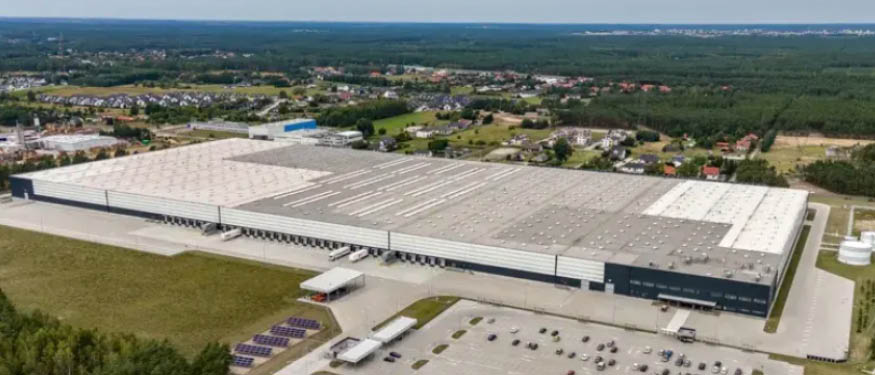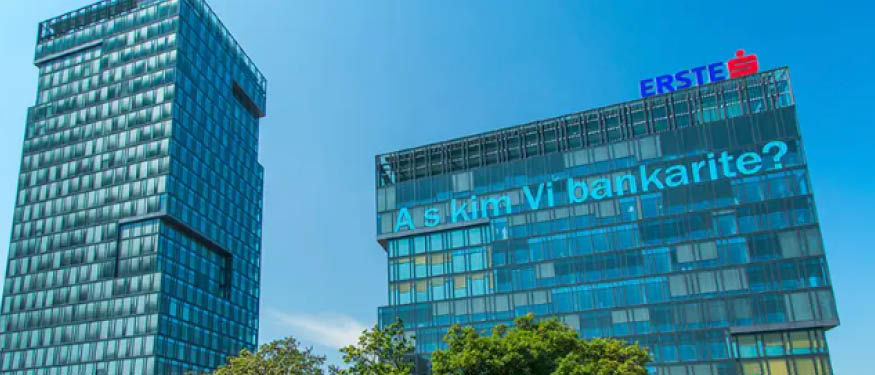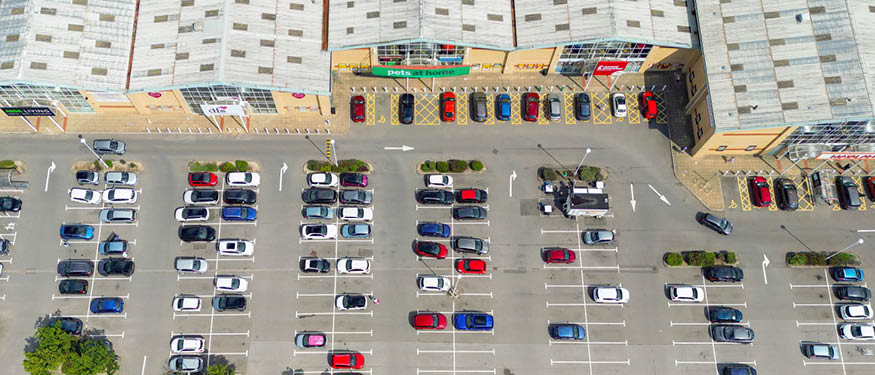Slovakia’s new Building Act, effective as of April 2025, is significantly reshaping the construction and permitting landscape, according to Legate Partner Norbert Havrila. The act introduces major reforms designed to streamline and modernize construction procedures, impacting not only real estate development but also telecommunications infrastructure.
"The primary point of discussion in the country right now revolves around Slovakia’s new Building Act, which came into effect on April 1, 2025," Havrila begins. This act significantly overhauls the construction permitting process, merging two previously separate procedures into a single streamlined one. "The Ministry of Transport and Construction initiated these reforms to modernize the construction process, aiming specifically at improving efficiency, speeding up the permitting process, and reducing bureaucratic duplication."
Havrila explains that obtaining construction permits previously "involved a two-step process, causing delays and duplication. Now, the new Building Act consolidates this into one comprehensive procedure." Another critical change he highlights relates to "black" or unauthorized structures. "While structures built before April 1, 2025, still have a pathway for legalization, albeit with limitations, any new unauthorized construction post-April 1 will not be eligible for retrospective legalization. This means unauthorized buildings constructed after this date face potential demolition," he explains.
This change is creating considerable uncertainty among real estate developers and investors, who must now exercise heightened caution. Consequently, Havrila anticipates increased demand for legal advisory services focused on compliance strategies and risk management, as stakeholders adjust their practices to navigate the stricter regulatory environment and avoid potentially costly penalties.
Indeed, focusing on how the markets and authorities are responding to these substantial changes, Havrila says that it’s still early days and reactions are evolving. "Building authorities continue to grapple with staffing shortages and the need for extensive training to adapt to the new procedures while different local authorities are adopting varying approaches in navigating the new system." Overall, Havrila feels that there is optimism that these changes will lead to a simpler and more efficient process, but the transition period will "certainly present some challenges as stakeholders adjust to procedures that replace a regulatory framework in place for over 50 years."
Moreover, Havrila indicated that the telecommunications sector is "notably impacted by the new Building Act as well, especially regarding ICT infrastructure projects such as optical fiber connections." According to him, the intent here is to "simplify permitting processes for telecom companies, especially in smaller regions, to expedite the construction and modernization of critical digital infrastructure. This aligns closely with the government's broader strategy of modernizing and digitalizing the telecommunications sector."
















